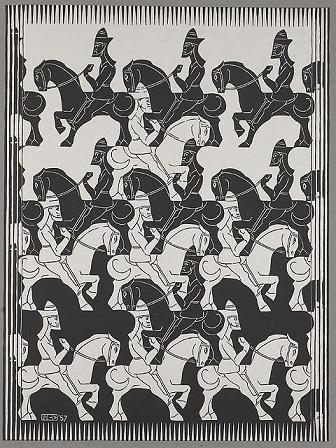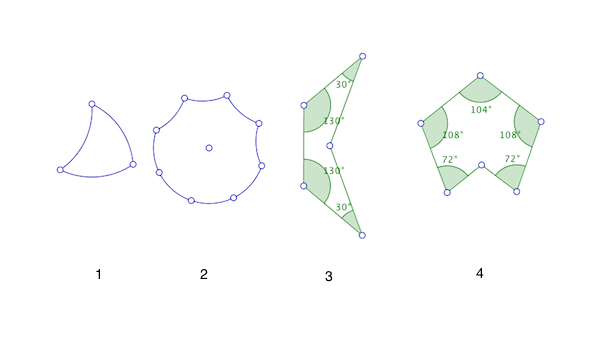Advanced Tiling Puzzle

Tile Carpets is a new carpet company that prides itself on selling individual carpet tiles that can be laid down side by side to form a single solid plane.
They have received some constructive feedback from their customers, who feel that the current selection of tiles are too typical and boring. In response, Tile Carpets is designing a more interesting tile shape, which can still be laid down side by side to form a single solid plane, with no gaps between the tiles.
Which of the following tiles satisfy this criteria?

Image credit: Wikipedia
This section requires Javascript.
You are seeing this because something didn't load right. We suggest you, (a) try
refreshing the page, (b) enabling javascript if it is disabled on your browser and,
finally, (c)
loading the
non-javascript version of this page
. We're sorry about the hassle.
2 solutions
Why do you think 2 fits?
Log in to reply
You can fit the H shapes together in slanted rows. http://nrich.maths.org/content/id/4976/jelena.gif
Log in to reply
Ah, I didn't think of that. I was thinking that there were too many protruding parts, and too few 'interior' parts.
This is a badly set question then.
Log in to reply
@Calvin Lin – So actually both 2 and 4 is correct? (I chose 2)
@Calvin Lin – Is there any way both answers could be marked correct? I think that might also be a good feature (something like check all that are true).
Log in to reply
@Daniel Chiu – Not right now. That would get very confusing to explain and differentiate.
I've updated the question, which would hopefully fix it.
Yes, that's what I did too -- excepting the coloring pattern. I would have colored connecting pieces the same. :)
The interior angles are divisible by 360.
Yeah I put 2...
Same here.. I was stuck between 2 and 4 and chose 2 :(
i chose 2 :(
i chose 4 as tiles can easily fit in them without any gap. It is clear from the angle given
I chose 2, but it's wrong...No matter what, I strongly agree that 2 is the correct answer, this is because the lines which form the angle 1 0 4 ∘ is longer than the lines which form the angle 2 5 6 ∘ , so obviously it will form a gap, therefore I don't know how are you going to tile 4 without a gap. :\
Log in to reply
4 and 2 are both answers. For 4, you stack to form a column pointing up, and then to the side, you stack and form another column pointing down, and alternate columns like that.
3
i wrote 2 :( lost points! :(:(
Bees are intelligent for their cells' choice (❀◕‿◕)..... A regular hexagon. Good choice, bees ッ
1 and 2, can't make complete cells, if you think about it.
3 and 4, you have to get their unknown angles.
3 has an outside obtuse angle which is 140 degrees. This make it hard to include a similar shape here..... 4 has an outside obtuse angle which is 104 degrees. This make it easy to include a similar shape here.
Here are some photos to explain:
https://www.facebook.com/photo.php?fbid=641602379211987&set=a.641601732545385.1073741827.100000866920568&type=1&permPage=1
https://www.facebook.com/photo.php?fbid=641586399213585&set=a.641601732545385.1073741827.100000866920568&type=1&relevant_count=1
Log in to reply
This is how 2 will look, if we make it cells.
https://www.facebook.com/photo.php?fbid=642008365838055&set=a.641601732545385.1073741827.100000866920568&type=1&relevant_count=1
there will be gaps.
I chose 4. But I don't see why 2 isn't also another answer.